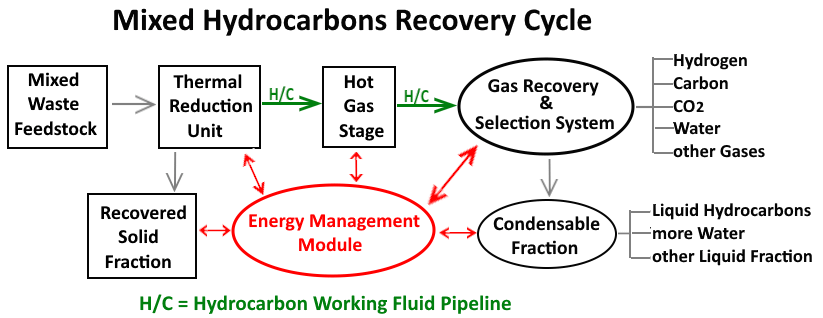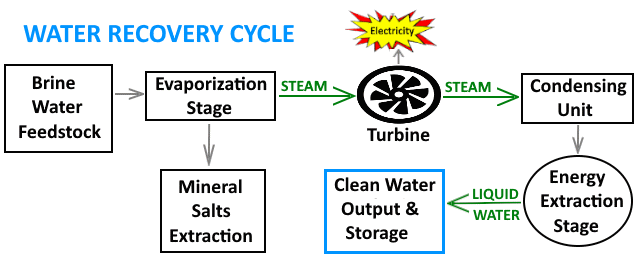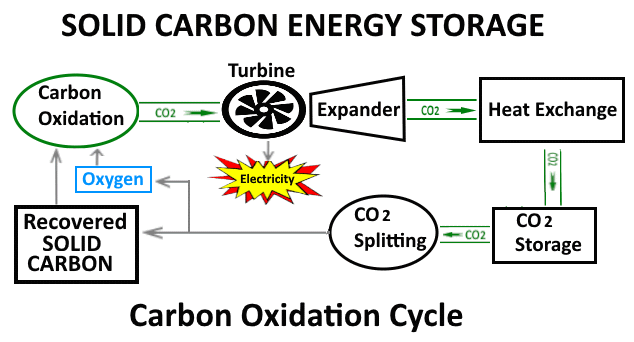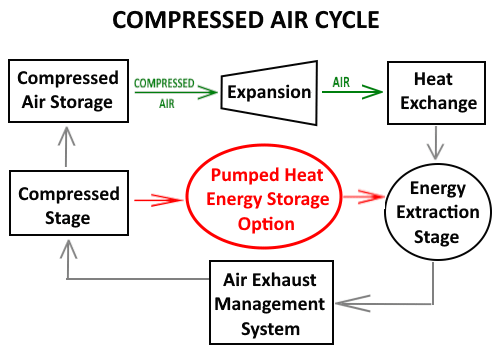#1 #2 #3 #4 - Energy Paths








Working Fluids
The Recovery 2.0 process is built upon a circulatory network of four primary
Energy Transfer Fluids
and a variety of ancillary pipeline circuits to facilitate specialized processes and products.
Mixed Hydrocarbon Pipeline
The main pipeline artery is designed to handle the flow of
Mixed Hydrocarbons
that are generated from
the thermal reduction of waste materials.
This stream of
Hot Gases
contains an unclean mix of Hydrocarbon complexes, CO2 Carbon Dioxide, water H2O and
a variety of smaller quantities of other impurities and trace elements.
Once the mixed hot gases have been segregated into their respective constituents, the Hydrocarbon stream culminates into either
the hydrocarbon splitting process or processed into refined hydrocarbon derivatives as desired.
Hydrocarbon splitting results in the generation of clean
Hydrogen
and the production of solid
carbon.
CO2/Carbon Pipeline
Carbon Dioxide segregated from the mixed hydrocarbon stream is consolidated with CO2 from the oxy-combustion stream
and the CO2 collected from
Direct Air Capture
system and is combined into the
CO2/carbon cycle pipeline.
The
CO2 splitting
pathway designates these waste gas streams to be recovered into clean oxygen and
solid carbon.
Water/Steam cycle Pipeline
Water and water vapor collected from the mixed hydrocarbon stream and water/steam recovered from the
waste water
and brine system are routed into the
Water Recovery Cycle
pipeline.
Compressed Air Pipeline
The management of air quality and harvesting of
artificial wind
utilize
Compressed Air
as a integral part of the Recovery 2.0 energy
strategy.
Pipeline Flow Overview
Within the Recovery 2.0 Thermal Reduction process the working fluids are contained and
directed though an internal pipeline network.
The internal pipelines feed the element splitting reactors in order to refine these inputs into the basic product outputs,
typically in the form of Hydrogen, Carbon and Oxygen.